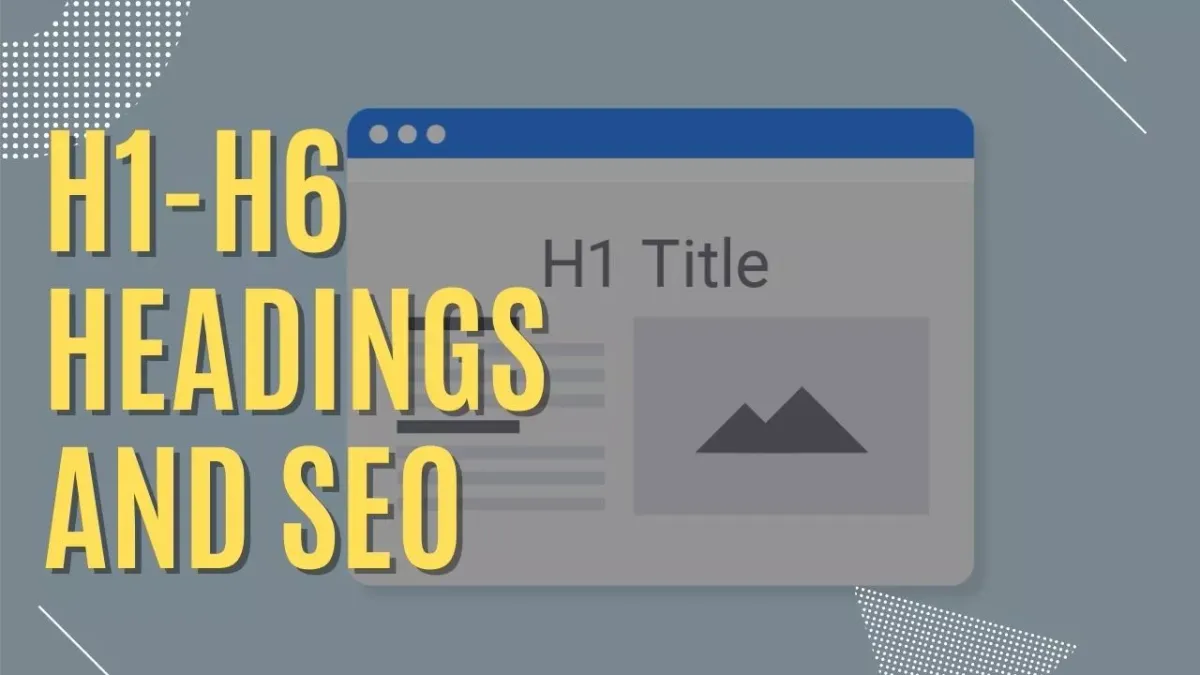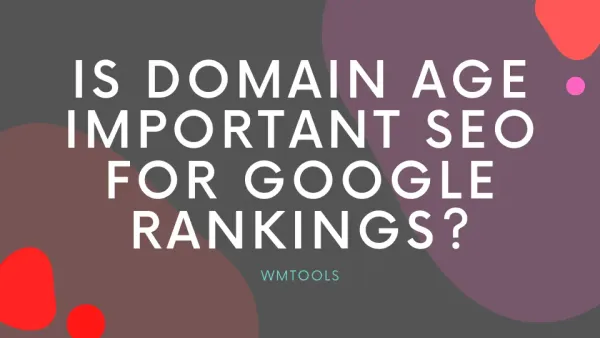SEO and H1-H6 headings
Headings provide crucial information about the hierarchy and relevance of your content to both visitors and search engines.

Headings provide crucial information about the hierarchy and relevance of your content to both visitors and search engines.
Headings provide crucial information about the hierarchy and relevance of your content to both visitors and search engines. From the most essential H1 heading to the least important H6 heading, there are six "importance levels."
What exactly are headings?
Headings are phrases that appear at the start of a section and describe what it is about. The proper use of headings on a website gives structure and overview, as well as aids in efficiently communicating the content of a web page. They allow users to scan a page fast, and they assist search engines understand the structure and content of a page rapidly.
H1 through H6 are the six levels of headers, with H1, H2, and H3 being the most commonly used. Headings are defined in the HTML of a page.
The H1 heading is known as the "primary heading," whereas the H2-H6 headings are known as "subheadings" since they denote sub-levels.
What about header tags, for example?
To begin, don't mix up header tags and the head>-section. Second, header tags are frequently misunderstood as heading tags (I'm looking at you, HubSpot).
In actuality, they can be used to define a document's or section's header. This implies that they can be wrapped around nautical aids or headings. It's up to you whether or not to use them; here's one example:
<html>
<head>
<title>Headings H1-H6 and SEO</title>
</head>
<body>
<article>
<header>
<h1>Header tags explained</h1>
<h2>A brief introduction to header tags</h2>
</header>
</article>
</body>
</html>
What are the benefits of using headings?
Both users and search engines benefit from headings:
- Headings are used by visitors to swiftly scan a page to see if it appears to be relevant to them. Furthermore, visitors who are blind or visually handicapped utilize screen readers to access the internet. Screenreaders, meanwhile, rely on headings to "understand" online pages and assist users in navigation.
- Headings help search engines figure out how a page is organized and what topics it covers. While keywords in headings are only a small part of search engines' ranking algorithms, they do help with SEO success. Even if you don't agree that headings are a minor ranking element, remember that whatever you do to improve the user experience often leads to higher SEO performance.
Hierarchy of headings
On a page, headings should be rationally organized. A page's H1 heading is followed by an H2 heading, which can be followed by an H3 heading if you need another sub-section. You can also use H4-H6 subheadings if you require more sub-sections.
<h1>This should describe the page's topic</h1>
<h2>This is an H2 subheading</h2>
<h2>This is another H2 subheading</h2>
<h3>This is an H3 subheading</h3>
<h4>This is an H4 subheading</h4>
<h5>This is an H5 subheading</h5>
<h6>This is an H6 subheading</h6>
<h2>This is yet another H2 subheading</h2>
<h3>This is an H3 subheading</h3>
<h4>This is an H4 subheading</h4>
<h5>This is an H5 subheading</h5>
<h6>This is an H6 subheading</h6>
Heading Checker Tool
This heading tag checker tool will show you the heading tags (h1 till h6) of a specific page.




